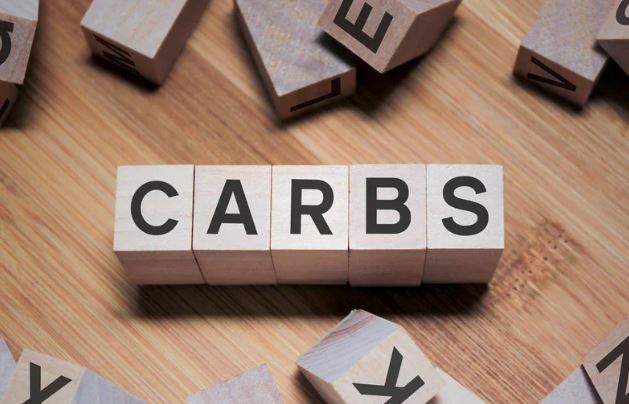Keto flu is a set of symptoms that some people experience when they first start the ketogenic diet.
These symptoms, which may seem similar to those of the flu, are caused by the body adapting to a new diet consisting of very few carbohydrates.

Reducing your carbohydrate intake forces your body to burn ketones for energy instead of glucose.
Ketones are byproducts of fat breakdown and become the primary fuel source when following a ketogenic diet.
Normally, fat is reserved as a secondary fuel source for use when glucose is not available.
This switch to burning fat for energy is called ketosis. . It occurs during specific circumstances, including starvation and fasting .
However, ketosis can also be achieved by adopting a very low-carb diet.
In a ketogenic diet , carbohydrates are usually reduced to less than 50 grams per day .
This drastic reduction can be a shock to the body and can cause withdrawal-like symptoms, similar to those experienced when stopping an addictive substance like caffeine .
For some people, this transition period can be especially difficult.
Signs of the keto flu can begin within the first few days after cutting carbs.
Symptoms can range from mild to severe and vary from person to person.
While some people can transition to a ketogenic diet without side effects, others may experience one or more of the following symptoms.

- Nausea
- Vomiting
- Constipation
- Diarrhea
- Headache
- Irritability
- Weakness
- Muscle cramps
- Dizziness
- Poor concentration
- Stomachache
- Muscle pain
- Difficulty sleeping
- Sugar cravings
These symptoms are common among those just starting the ketogenic diet and can be distressing.
Symptoms usually last about a week , although some people may experience them for a longer period of time.
While these side effects may cause some dieters to throw in the towel, there are ways to reduce them .





